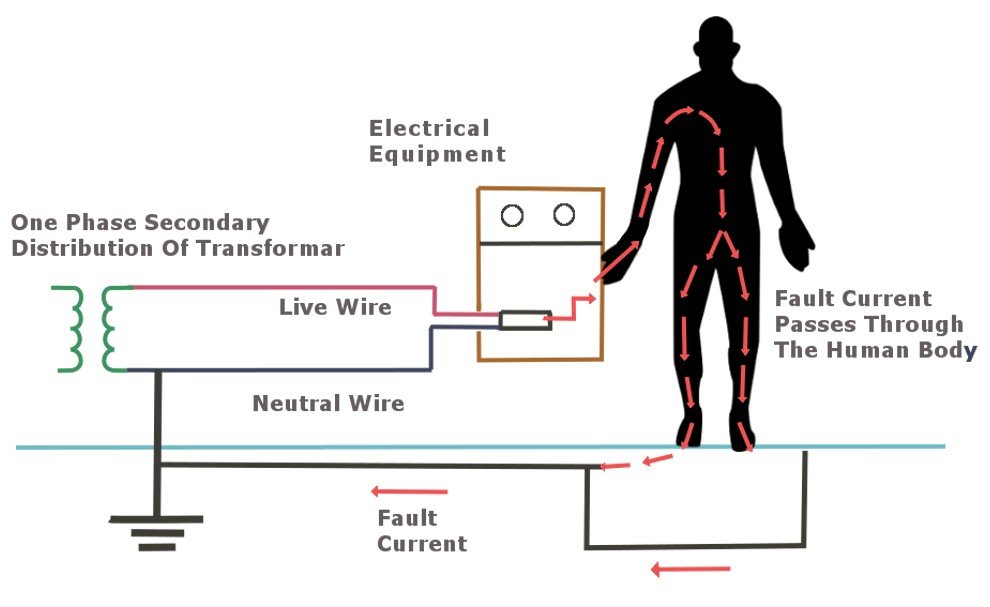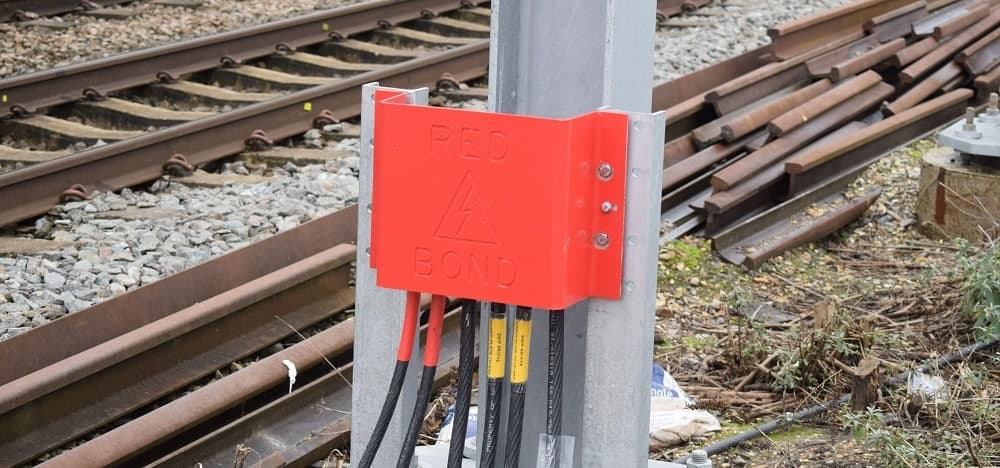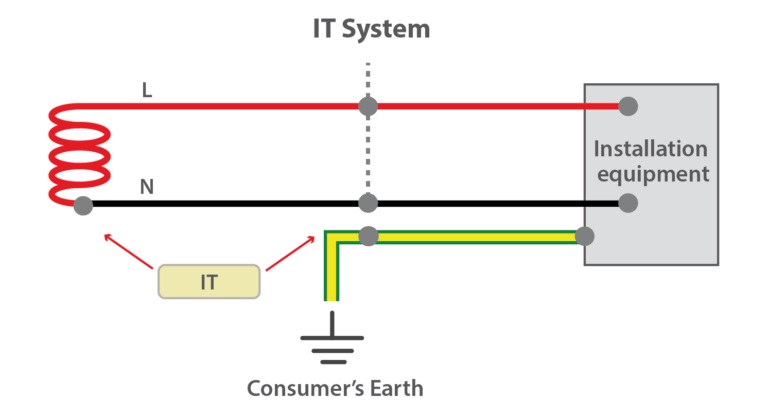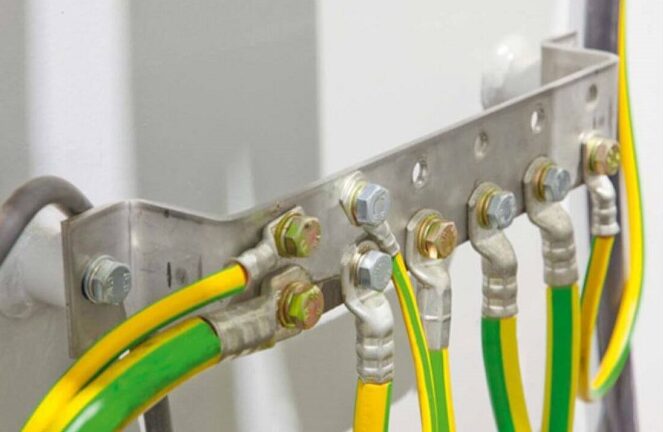Welcome to Linquip. We have already prepared an article about the earthing system and its different types in full. In this article, we are going to provide you with the concept of IT Earthing System. In the following sections, we will review some previously delivered ideas and data on what an earthing system is.
Then we will mention some of the most important purposes of using earthing systems in industry and domestic areas and home appliances. In the 3rd section of this article, we are going to elaborate on what IT Earthing System is and how it differs from other types of Earthing Systems. In the two last sections of the article, we will talk about the main characteristics and advantages of IT grounding system. Stay with us until the end to get the answers to your questions on this topic.
Linquip makes every effort to provide as much information about the earthing systems as possible. You can get the most information about the IT earthing system and associated circuits from Linquip. In the event that you have any questions or concerns regarding any circuit, feel free to reach out to the Linquip team. Start by reading Linquip’s article titled “What Is Electrical?“. Reading this article will help you better understand how industrial electrical equipment works.
To utilize the full capabilities of the Linquip platform, you must become a Linquip Expert. Having a Linquip expert account can allow you to present your skills in the field of industrial equipment in a way that ensures that they are aligned with those of the industry. Can you write a guest post for the Linquip website? Is that something that you are interested in? You can directly publish your content on Linquip’s platform by using our Guest Posting feature.
What Does Earthing System Do?
The electrical earthing is known as the process of transferring the immediate discharge of the electrical flow directly to the earth. This transferring is accomplished by the aid of the low resistance wire. It is actually an arrangement by which an electrical installation is connected to a means of earthing. Although Earthing is sometimes used for functional purposes, it is usually at services of safety purposes. For example, in the case of telegraph lines, the earthing is used as a conductor to save the cost of a return wire over a long circuit.
If there is a fault in an electrical installation, and this installation possesses no earthing system, a person could be damaged by an electric shock as touching a live metal part, because electricity uses the body of equipment as a path to the earth. Earthing job is to provide an alternate path for a fault current to flow to earth.

Most of the time, the galvanized iron is used for the earthing. The earthing serves as the simple path to the leakage current. The earth with zero potential takes the short-circuit current of the equipment. Thus, earthing protects the system and equipment from possible damage.
What Is the Purpose of Earthing?
in the previous section, we had a review on what the earthing system is and what it does in an electrical installation. Now we are going to list some of the most important purposes that earthing is at service for.
Electrical circuits are connected to the ground for a couple of reasons. We prepared a list of reasons below that show why using a grounding system is important.
- It is used for personal protection.
- It protects electrical systems and installations.
- It saves the electromagnetic pulses.
- It is used as protection against Lightning.
- It is used for Voltage protection, within reasonable limits under fault conditions.
- Graded insulation in power transformers.
What Is IT Earthing System?
Nowadays, in all industries, technical installations are characterized by ever-increasing complexity and automation. From highly developed production lines to robot technology, there is an increasing amount of equipment that requires a reliable power supply to function smoothly. Thus, the reliability and availability of an installation are depended on selecting the right power supply system.
When you are choosing an appropriate power supply, you have to consider personnel and fire protection, as well as safety as a key factor. During the planning phase of an installation, three system types are available: the TN system, the TT system, and the IT system that is our topic in this article. To better understand what the IT Earthing system is we will compare it with two other types of earthing systems that we mentioned.
In TN systems, the supplying point of transformers is connected to the earth through a low impedance, and the exposed conductive parts of the electrical installation are connected to the protective earth (PE) of the system. In TT systems, the supplying point of transformers is also connected to the earth through a low impedance but the exposed conductive parts of the electrical installation are earthed independently from the system earthing.
In IT systems, however, all active parts are insulated from earth or connected to earth through a high impedance. The high impedance can be applied for metrological reasons, provided that electrical safety is not jeopardized. The earthing of the exposed conductive parts of the electrical installation is carried out either individually or collectively.
This is a system without a direct connection between live parts and earth, but with its exposed conductive parts of the installation earthed. Sometimes a high impedance connection to earth is provided to simplify the protection scheme required to detect the first earth fault.
What Are the Main Characteristics of the IT Earthing System?
- Solution offering the best continuity of service during operation
- Indication of the first insulation fault, followed by mandatory location and clearing, ensures systematic prevention of supply outages
- Generally used in installations supplied by a private MV/LV or LV/LV transformer
- Requires maintenance personnel for monitoring and operation
- Requires a high level of insulation in the network (implies breaking up the network if it is very large and the use of circuit-separation transformers to supply loads with high leakage currents)
- The check on effective tripping for two simultaneous faults must be carried out by calculations during the design stage, followed by mandatory measurements during commissioning on each group of interconnected exposed conductive parts
- Protection of the neutral conductor must be ensured as indicated in Protection of the neutral conductor inside chapter Sizing and protection of conductors
What Are the Advantages of IT Earthing?
-
Fault location during operation
In the event of an insulation fault, the exact location of the fault can be determined while the installation is running.
-
Fewer test costs
Periodic tests do not require a shutdown anymore, RCD test and RISO measurements are no longer necessary.
-
No shutdown
In the event of a first insulation fault, the installation may continue to be operated without any problems.
-
Increased fire protection
The mandatory continuous insulation monitoring reduces the risk of fire and may lead to lower insurance premiums.
-
Increased protection of persons
Due to the low fault currents, there is no risk of suffering an electric shock.
What Are the Reasons for Using an IT Earthing System?
IT arrangements for earthing do not involve earthing at the power supply, or they do so via high-impedance connections. IT earthing system is not commonly used for distribution networks, but it is often used for substations and for systems with generators.
How Does the IT Earthing System Differ from TT Earthing System?
Touch voltage at fault locations is extremely high when using TT earthing. When using TT systems, consumers must use a low-resistance earthing electrode to reduce that value. However, the touch voltage at the fault position is zero for IT earthing systems.
Download IT Earthing System PDF
By clicking the following link, you will be able to download the entire contents of this article in PDF format.
Conclusion
In this article, we tried to give you all the essential and comprehensive information about IT Earthing System. we talked about the basic definitions and give you some information about what grounding system. Then, we elaborated on the purposes of using the Grounding system. At the next stage, we reached the main part of the article i.e. “what is IT earthing system?”.
In the two last sections of the article, we will talk about the main characteristics and advantages of IT grounding system. All we did in this article was an attempt to make it easier for you to understand the concept of IT earthing system used in different electrical installations.
If you have any experience of using this type of earthing system and know more about it, we will be very glad to have your opinions in the comments on our website Linquip. Moreover, if you have any questions about this topic, you can sign up on our website and wait for our experts to answer your questions. Hope you enjoyed reading this article.
Buy Equipment or Ask for a Service
By using Linquip RFQ Service, you can expect to receive quotations from various suppliers across multiple industries and regions.
Click Here to Request a Quotation From Suppliers and Service Providers
Read More In Linquip
- What is a Fuse Wire & How Does It Work?
- What Is CNC Machining & How Does It Work? (A Comprehensive Guide)
- HVDC vs HVAC Transmission Systems- Difference between them
- A Definitive Guide to TNCS Earthing System
- TT Earthing System: An Easy-to-Understand Guide Along with a Full Description
- TNC Earthing System։ A Detailed Explanation
- TNS Earthing System: A Useful Guide
- Earthing System: A Simple Explanation about Grounding System
- Solid vs Stranded Wire (A Practical Guide)
- What is a Fuse Wire & How Does It Work?
- Types of Electrical Wire + Application (Complete Guide)
- Top 10 Machine Shops in Tampa in 2022 (Clear Guide)
- 10 Types of Molding Machinery + PDF (Clear Guide)
- 3 Common Types of Electrical Connectors (Clear Guide)
- Types of Sensors Detectors/Transducers: An Entire Guide
- Top Bearing Suppliers in USA & Worldwide in 2022
- 15 Types of Electrical Power Connectors (Clear Guide) + PDF
- The 8 Best Circuit Breaker Locators in 2022





